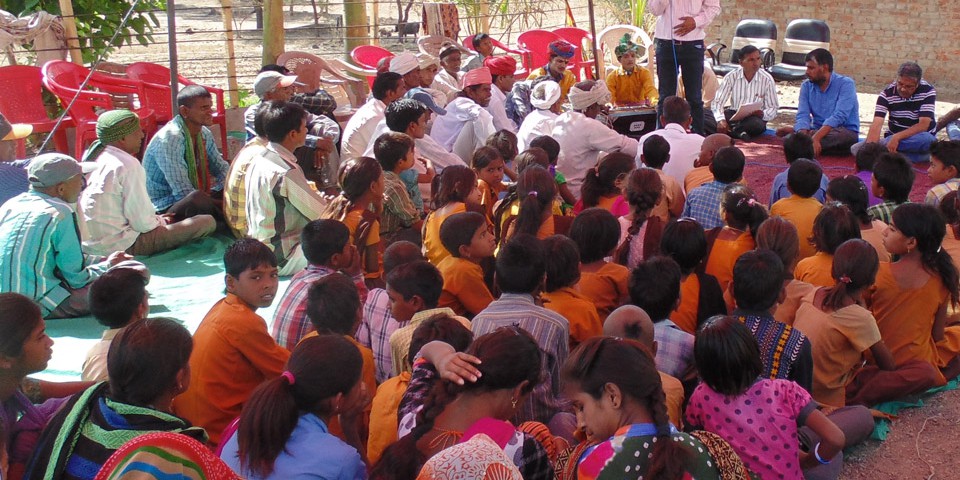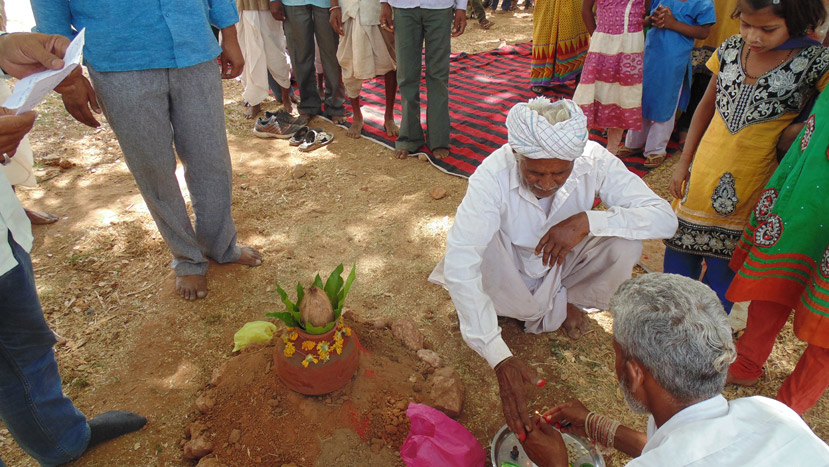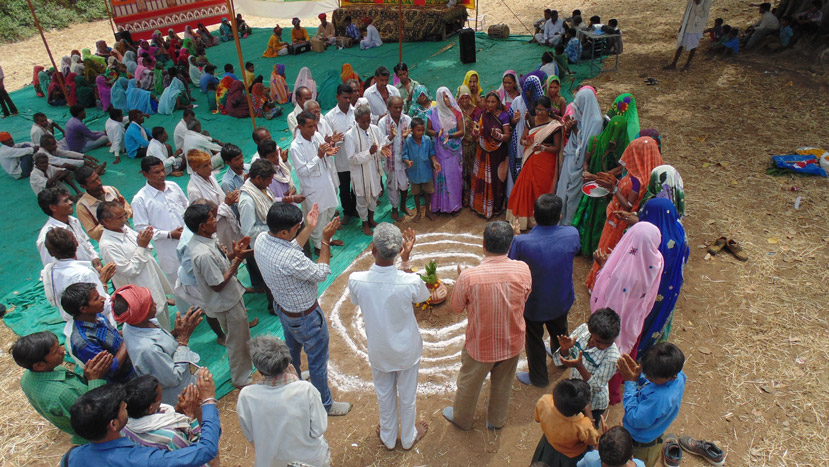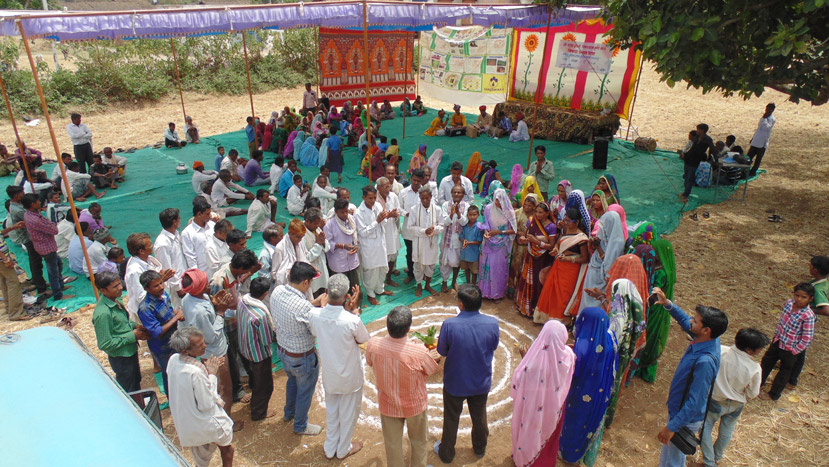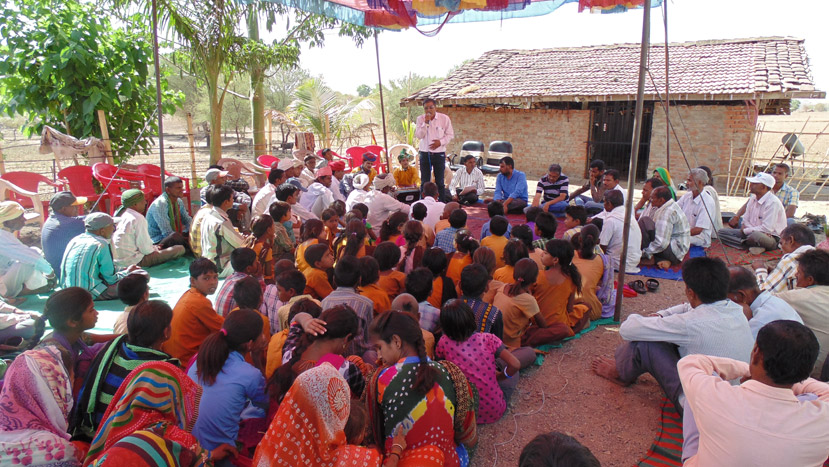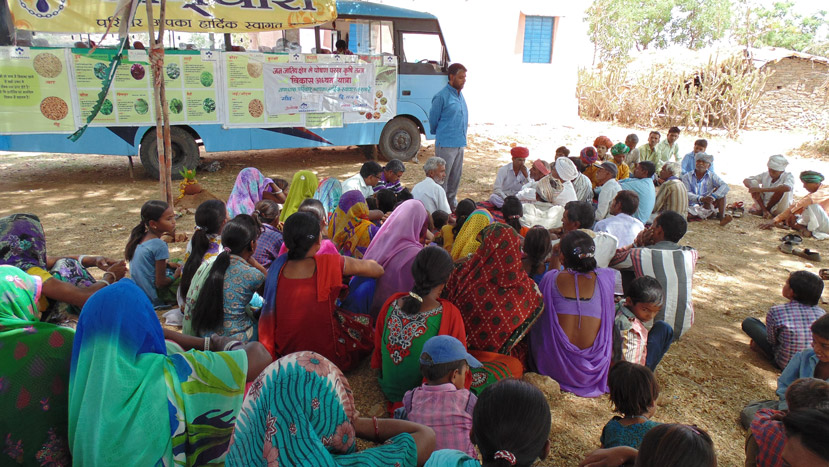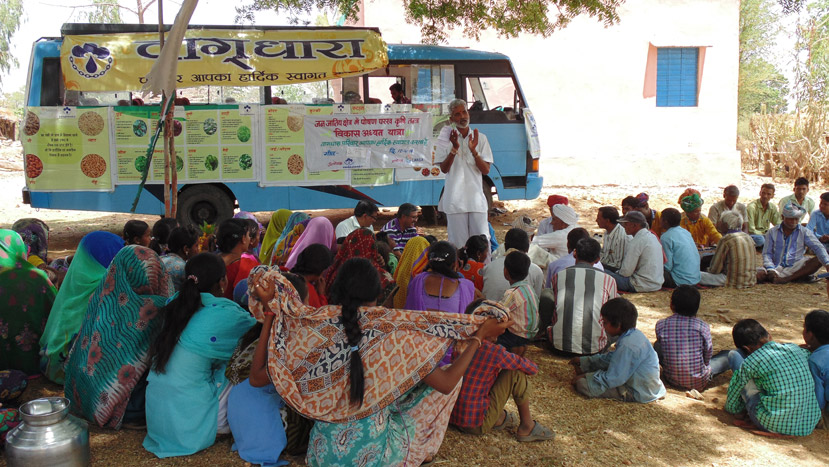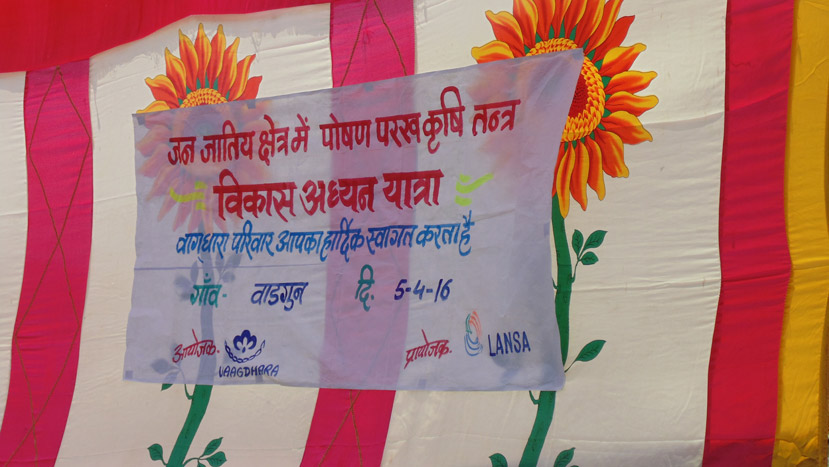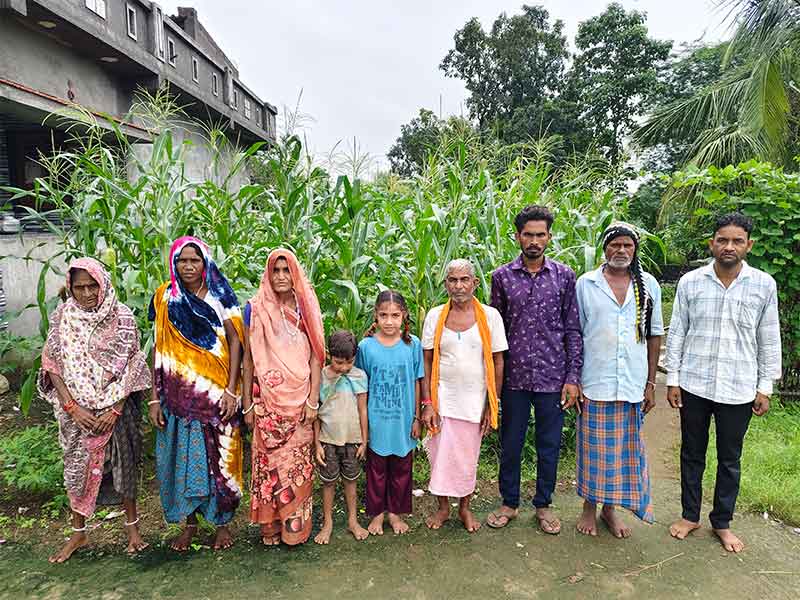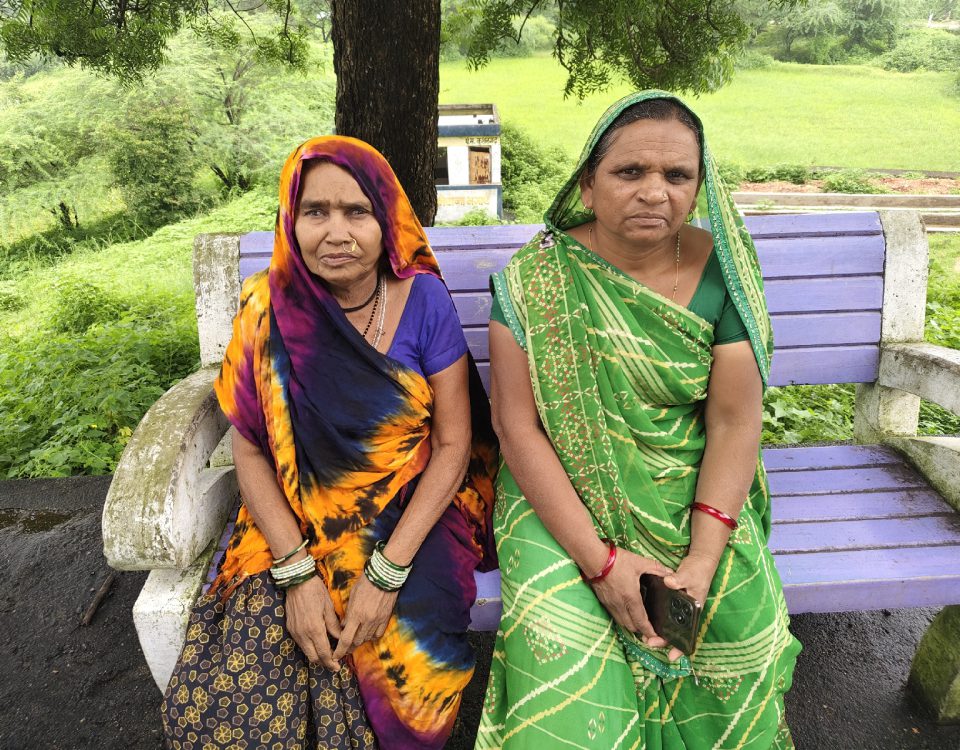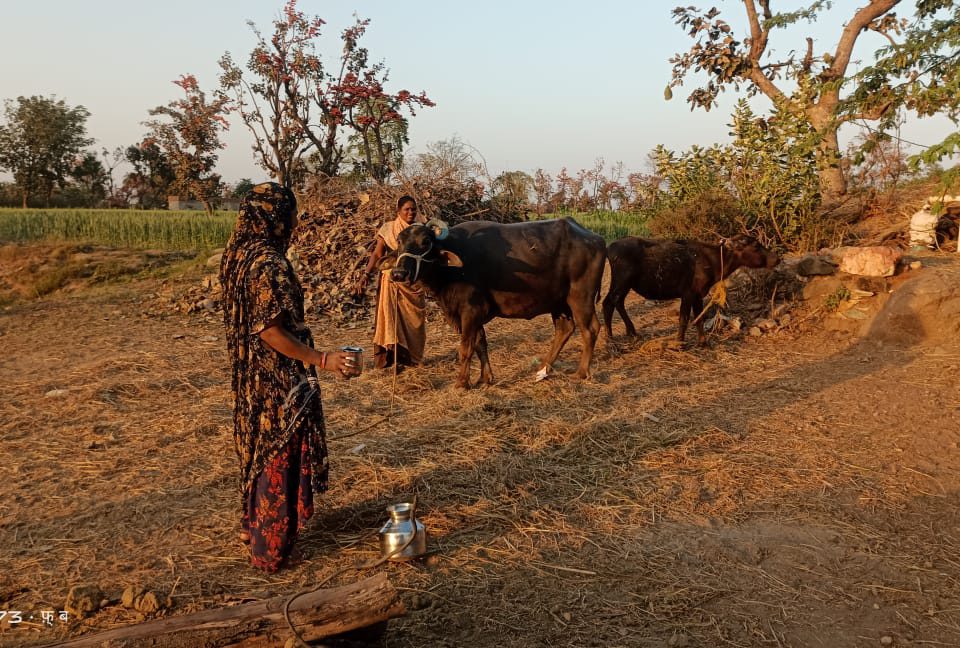
Name it Luni Saag; Purslane; Portulaca; Luniya; Noniya or Gonu, but do not forget its richness
June 1, 2017
Vaagad Community Radio 90.8 will be broadcasted soon
July 7, 2017What did you eat today? Roti (Indian bread) and Dal (Lentil); what roti? And you get answer; Gehu/Makka Ki Roti (Wheat/Maize bread) and What Dal? And you get answer: Urad (black gram) or Chana (Chickpea) and/or Mung (Green Gram). What else? If you persist, the answer will be Chili and butter milk.
This was one of the common observations when VAAGDHARA organized a march call Vagad Kisan Swaraj Yatra (Vagad Farmer’s Sovereignty March-VFSM) under its research programme on “revival of nutrition sensitive farming system” for the betterment and empowerment of unprivileged farmers. The idea of undertaking this study program and VFSM has its roots in Food and Agriculture Organisation (FAO) report titled 'The State of Food Insecurity in the World 2015', where India is on top with the highest number of hungry people in the world, at 194 million. Acute malnutrition among poor tribal families in remote villages in southern Rajasthan, particularly working area of VAAGDHARA, is a matter of concern. Local leadership and experts believe that in this area these changes have occurred post-independence mainly due to ignorance of traditional crops, foods and forest resources, affecting overall food intake and livelihoods.
By and large agriculture was a source of family nutrition as part and partial of the culture of for small and marginal farmers and forest villages; but for large farmers it is more or less a business proposition. Gradually under market forces even small and marginal farmers also started seeing farming as one of the last livelihood option. Even among the youth, farming is losing its place and is only chosen if one does not have the caliber to do anything else. They are ready to move to cities like Ahmedabad, Surat, Rajkot, Indore, Bangalore, Kuwait, anywhere and labour for fixed wages but not nutrition, but not on their own farm where they can get both income and food for nourishment.
The march by VAAGDHARA, undertook a journey of 300 kilometers over ten-days organizing interactions in 100 hamlets, 75 villages and 19 Gram Panchayats. During this period, around 100 villagers and development volunteers marched and halted at twenty locations in five blocks (Ghatol, Sajjangarh, Kushalgarh, Gangar-talai and Anandpuri) in Banswara district.
The theme of the march was “Kheti Pariwar ke Posan ke liye, Vyaparike fayde ke liye nahi” (Farming for the nutrition of family not for benefit of trader/businessman).
The discussions focused on recalling some well-known nutritious foods, crops, fruits, grains, vegetables and flowers that earlier generations used to enjoy but present generation has not even heard of them. Some people even became emotional about some of the especial recipes like Paniya, a preparation of maize which is cooked sandwiched between leaves of Khakhra/safedankra/bargad roasted on dried dung cakes) and used to be considered as most delicious.
At village Padla, villagers shared information about village owned common fruit orchard, which was developed 100 years back by the visionaries of that time. Here one can find mangoes of different type like table fruit variety, sucking type, orange-red mango, and mango of 50 grams to 500 grams. The area under shadow is used for developing seedlings for vegetables like pyaj, chili, tamatar, began etc. The place is also used for human and animal rest particularly during summer months while on grazing.
In this Yatra (march) 7000 individuals participated in different interactions film shows, discussions, presentations, worship, and shared their knowledge of traditionally grown nutritious crops and vegetables and on promoting the Nutrition Sensitive Farming System.
This first step “Vagad Kisan Swaraj Yatra” has helped to recognize and identify various information on highly nutritious traditional food items. Now it is time to bring those tastier items back to the food habits of tribal community in the area for getting balanced nutrition and revive farming which is nutrition sensitive.
Subscribe to our newsletter!


